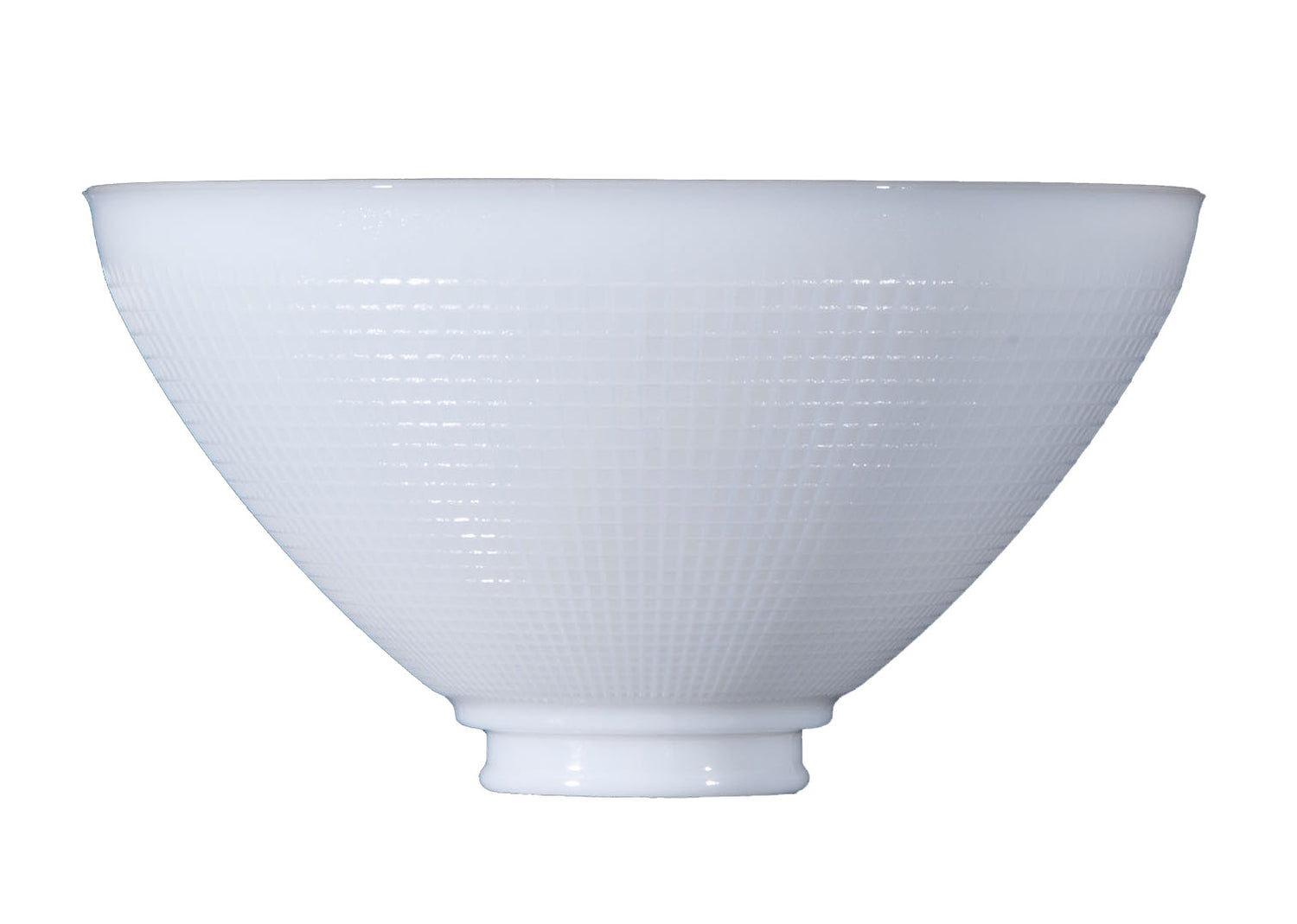Light Fixtures and Countries
Some of the most influential design movements throughout history can be traced through the most common decorations in our homes. Light fixtures are often overlooked as artifacts of international inspiration and cultural collaboration. Since the invention of the lightbulb, lighting has taken many forms from one country to the next, and the results are staggering. In this guide, we explore some of the most iconic light fixtures throughout history to learn more about the design movements and nations that continue to inspire consumers on a global scale.
Light Fixtures and Countries
Though innovative lighting design can come from all corners of the world, many of the movements that inspired the table lamps, floor lamps, chandeliers, and sconces we know today arose throughout North America, Europe, and Asia. Britain, France, and Germany were responsible for many movements that emphasized modern forms and the bespoke lamp. In America, several forms of renaissance and revivalism took place, during which designers favored substantial, formal and conservative lamp designs. Japan was responsible for ushering a wave of oriental inspiration and simplicity in every lamp design. Those movements contributed to the contemporary and eclectic lighting we now use each day.
Aesthetic (1880 - 1885): Although the Pre-Raphaelite Brotherhood of Britain laid the foundation for the Aesthetic movement, it was eventually Japanese influence that captivated both artists and consumers alike. In 1854, Japan began openly trading with foreign countries. British consumers began collecting traditional Japanese fans, porcelain, and screens. At the same time, British artists were rebelling against the fussy and shallow design styles favored throughout the Victorian era. Aesthetic artists placed a great deal of importance on the visual composition of their work, as well as the simpler, transitory aesthetic of Japanese design that challenged the Victorian model.
Art Deco (1910 - 1939): Following in the footsteps of the Art Nouveau and Bauhaus movements, the French sought to infuse functional objects with artistic traces that were fueled by the French modern designs of the decade before. Art Deco lamps are often angular, bold, and made of gilt polychrome cast iron or aluminum, Bakelite, chrome, or tinted glass. America quickly followed suit with its own, simplified version of the Art Deco style: Streamline Moderne.
Art Nouveau (1890 - 1910): Britain was also the birthplace of a "New Art," or the Art Nouveau movement, which derived from the unruly facets of the natural world. Consumers saw a proliferation of spirals, whips, and elegant bent brass tubing in the modernized lamps of this era. In 1984, American artist Louis Comfort Tiffany developed and patented a type of iridescent art glass. Unlike iridescent glasses, favrile glass featured ingrained color. Tiffany lamps were made by hand in a wide variety of styles. Many Tiffany-style lamps follow a botanical or natural theme, while others follow a geometric theme that displayed the same level of craftsmanship we find in Arts and Crafts lamps.
Arts and Crafts (1880 - 1920): In the wake of pre-modernism, British artists had anxieties about industrial life and the devaluation of craftsmanship as a result of mechanization and the lack of decorative design. Having emerged during the late Victorian period, it's no surprise that the Arts and Crafts movement embraced some of the Art Nouveau styles that straddled both the artistic and industrial worlds. William Morris, the British movement's figurehead, believed that industrialization shaped a dehumanizing distance between those that design and those that manufacture. Morris sought to emphasize nature and simplicity of form by uniting all the arts within the decoration of the home. Arts and Crafts lamps were made of brass and copper. Features included undulating, asymmetrical lines that often took the form of fluid flower stems and organic patterns or square forms and domes.
Bauhaus (1919 - 1933): German architect Walter Gropius founded the Bauhaus art school (Staatliches Bauhaus) in 1919. Though the school was only operational until 1933, the styles conceived there were influential to modern design. From the city of Weimar in central Germany, the Bauhaus school combined both design education and the fine arts. Former Bauhaus student Wilhelm Wagenfeld went on to design the iconic Bauhaus table lamp in 1924. Bauhaus designs were shaped by the Arts and Crafts movement, which sought to reunite craftsmanship and industrial forms.
Empire Revivalism (1890 - 1895): The original Empire movement began in early-nineteenth-century France, signaling the second phase of Neoclassicism. Lamps of this new era were quintessentially Victorian, made of cast polished brass or dark copper with filigreed pierced castings and other delicate ornamentations. Artists favored historical designs.
Mid-Century Modern (1933 - 1965): With modernization in full swing, American lamp design often found inspiration in Scandinavian and European examples that were sleek and motivated by science fiction. Some people know this era as the Atomic Age, in which sputnik chandeliers and other light fixtures with bare-bulb looks were popular.
Neo-Gothic (1850 - 1915): In the spirit of revivalism, the British followed the liberal expressions of Charles Locke Eastlake's design principles by reinterpreting English medieval and Gothic themes. Lamps were often made from brass and bronze in polychrome colors. Compared to the Néo-Grec movement, lamp designs were restrained.
Néo-Grec (1850 - 1875): Lamps made during the Néo-Grec movement were simple, clean, and carefully made to emulate the angular continuation of Greek and Renaissance architecture. Most Néo-Grec lamps feature fine scrolling motifs and flat cast surfaces, as well as small gas shades.
Revivalism (1865 - 1930): America founded several movements throughout the late nineteenth and early twentieth centuries. Eclectic Revival (1895 - 1900) lamps relied heavily on traditional styles of the Victorian period. Classical Revival (1910 - 1915) lamps projected power and permanence in their classical design. Colonial Revival (1915 - 1920) lamps were very Georgian and classical in nature. Colonial chandeliers featured brass construction with crystals and cut-glass shades for a touch of grandeur.
If you have any questions about this article, please contact Antique Lamp Supply today for additional information.

